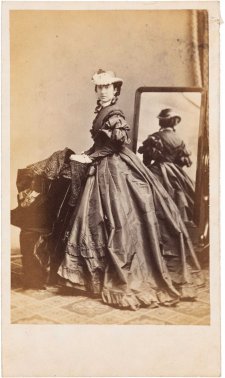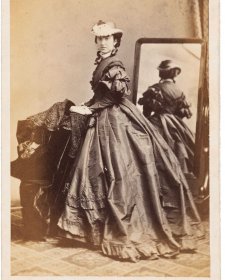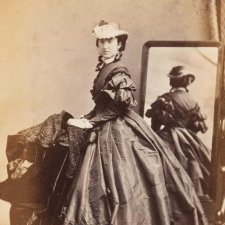- About us
- Support the Gallery
- Venue hire
- Publications
- Research library
- Organisation chart
- Employment
- Contact us
- Make a booking
- Onsite programs
- Online programs
- School visit information
- Learning resources
- Little Darlings
- Professional learning
James Alipius Goold (1812–1886), first Catholic bishop and archbishop of Melbourne, volunteered for service in New South Wales having studied in Rome and Perugia. He arrived in Sydney in early 1838, three years after his ordination. In five years at Campbelltown he built schools and churches before being appointed bishop of Melbourne in 1847. Goold is said to have been the first person to make the journey from Sydney to Melbourne overland in his own carriage – a nineteen-day haul. Within a few months of his much-heralded arrival, he was vying for the title of Bishop of Melbourne with the Anglican, Charles Perry. Through the 1850s Goold sought equal recognition of Catholics at state functions and launched the Catholic Association to raise funds for local building, and international recruitment of clergy. He formed the Catholic Education Committee in 1861; soon it was at odds with the Victorian Board of Education, formed the following year, and Goold was warning the electorate not to vote for those advocating a ‘scheme of godless compulsory education’. He tried to interest Rome in missions to the Chinese and Aborigines but here his hopes came to little. In 1873 in Rome it was announced the he would become Archbishop of Melbourne when it became a metropolitan see. Goold’s greatest tangible legacy is the William Wardell-designed St Patrick’s Cathedral. After some significant early setbacks, work on the church as it now stands began in 1858; on completion it was the largest church, anywhere in the world, built as a single entity in the nineteenth century. Having survived an assassination attempt in 1882, when he died of a heart attack four years later Goold was buried in the very-nearly-finished St Patrick’s.
Archibald McDonald was born in Nova Scotia, Canada and is thought to have arrived in Melbourne in the late 1840s. He was in partnership with Townsend Duryea in Melbourne by 1852, the pair later briefly running a studio in Hobart. The partnership dissolved when Duryea went to Adelaide in 1855. McDonald worked in Launceston for a while before returning to Melbourne. Having worked there with Charles Nettleton and Duryea’s brother Sanford, McDonald struck out on his own in 1860, trading initially at 25 Bourke St and then at a building known as St George’s Hall from 1864. In 1869 he advertised that ‘PHOTOGRAPHS – Cabinet and Cartes of Bishops and Clergy present at the Second Catholic Provincial Council … also views of St. Patrick’s Cathedral and Bishop’s Palace, can now be had at St. George’s Hall.’ The sittings, furthermore, ‘had been obtained with the express understanding that no reprints should be in circulation.’ McDonald’s studio was damaged in 1872 when the nearby Theatre Royal burnt down; yet McDonald was still at the St George’s Hall address when he died in November 1873. His widow Clara and brother Alexander continued the business until about 1875, when Alexander moved to the New England district.
Collection: National Portrait Gallery
Purchased 2010



On one level The Companion talks about the most famous and frontline Australians, but on another it tells us about ourselves.



Drawn from the NPG’s burgeoning collection of cartes de visite, Carte-o-mania! celebrates the wit, style and substance of the pocket-sized portraits that were taken and collected like crazy in post-goldrush Australia.



Visit us, learn with us, support us or work with us! Here’s a range of information about planning your visit, our history and more!